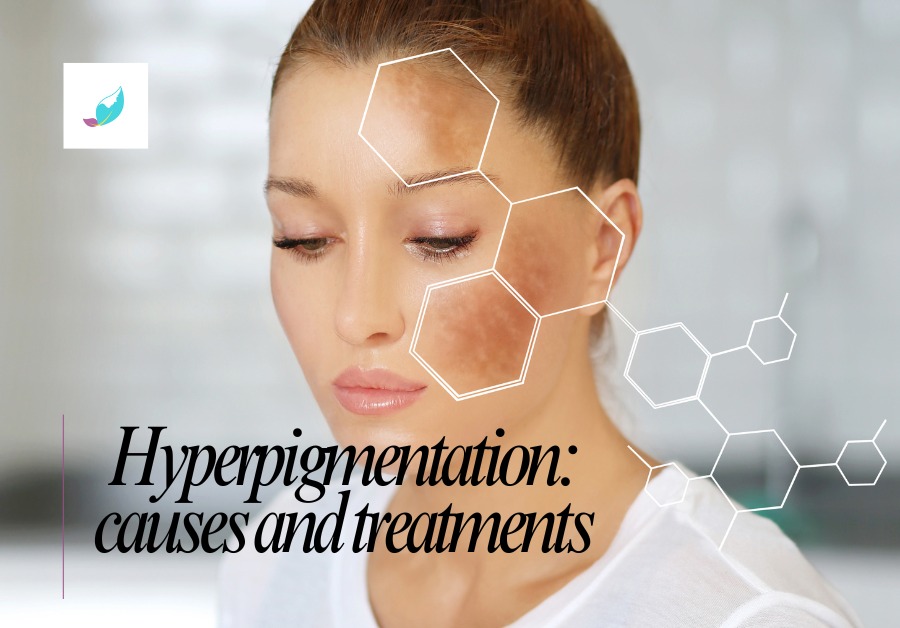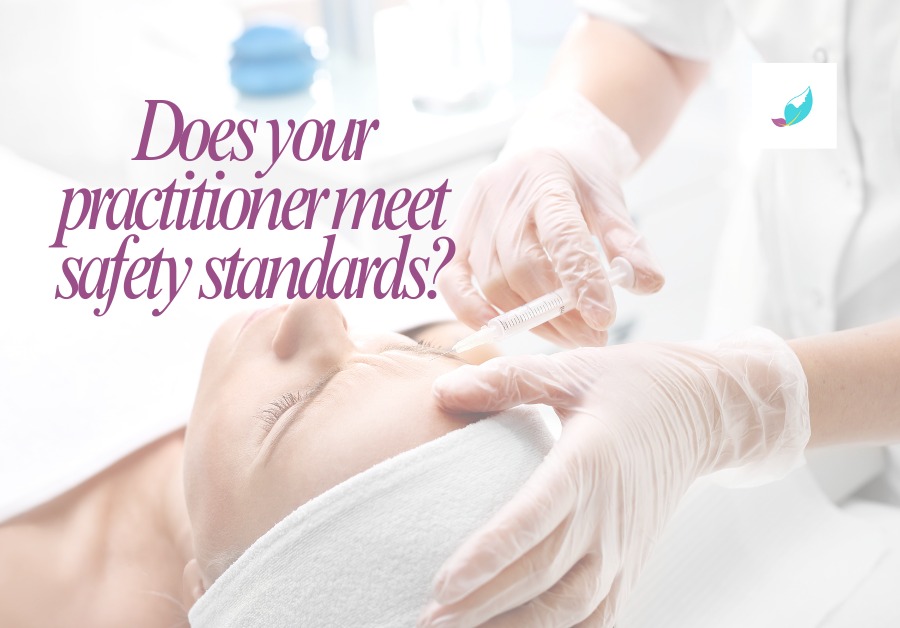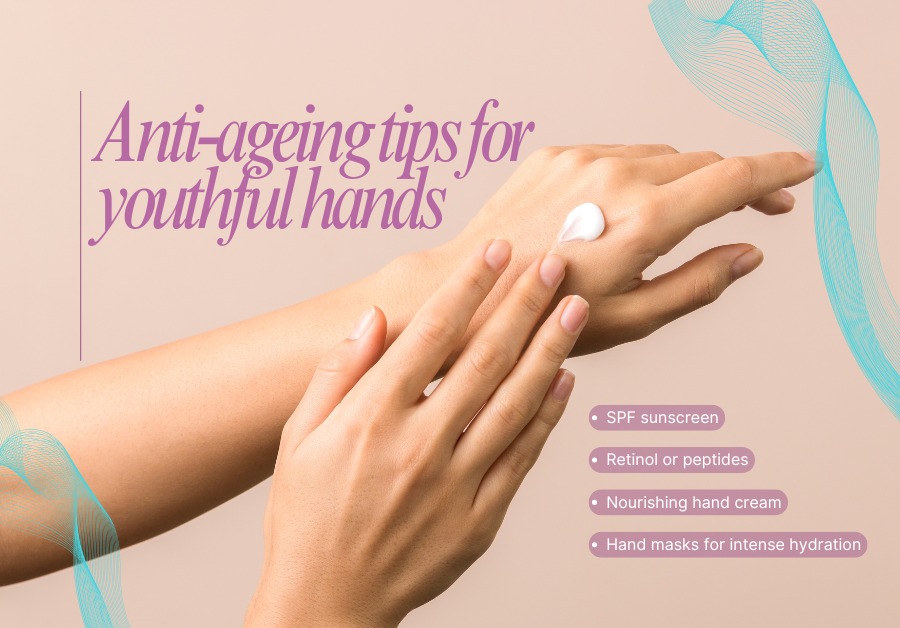Understanding Hyperpigmentation: Causes and Treatments

Hyperpigmentation is a common skin issue that can occur at any time, leaving many of us reaching for concealer.
Whether it’s from too much sun, leftover acne souvenirs or hormonal changes: there is a range of treatments to help you even out your skin tone and boost your confidence.
Let’s explore hyperpigmentation and the treatments available, as well as their benefits and costs.
What is hyperpigmentation?
Hyperpigmentation is the technical term for patches of skin that appear darker than your natural skin tone.
It’s caused by an overproduction of melanin - the pigment responsible for your skin’s colour. Common types include:
- Melasma: Often triggered by hormonal changes (hello, pregnancy mask!) or sun exposure.
- Post-inflammatory hyperpigmentation (PIH): Caused by skin trauma such as acne, cuts, or even too much exfoliation.
- Sunspots: The result of a love-hate relationship with the sun.
While hyperpigmentation is usually harmless, it can be frustrating and affect your confidence.
But fear not: there are several ways you can even out that skin tone. Here’s our comprehensive round-up of the treatments available.
1. Chemical peels
Chemical peels are like a reset button for your skin.
By applying a chemical solution, the top layer of damaged skin is scrubbed away, revealing fresh, more even-toned skin underneath.
Mild peels with ingredients like glycolic acid or mandelic acid are great for treating hyperpigmentation.
- Cost: £75-£200 per session (3-6 sessions are recommended)
- Benefits: Reduces pigmentation, improves skin texture, and brightens your complexion
- Risks: Temporary redness, peeling, and sensitivity, but it’s worth it for the glow-up.
Lasers target and break down pigment in the skin, helping to fade those pesky dark spots. Always ensure treatments are performed by a qualified professional.
Popular options in the UK include the Nd:YAG laser, which is Ideal for deeper pigmentation like melasma, and fractional lasers that are great for overall skin rejuvenation and pigmentation concerns.
- Cost: £200-£600 per session (2-4 sessions are advised)
- Benefits: Effective for stubborn pigmentation and long-lasting results.
- Risks: Temporary redness, swelling, or even slight peeling.
Microneedling involves tiny, controlled punctures to the skin to stimulate collagen production.
It’s especially effective for PIH and can be combined with serums like vitamin C for enhanced results.
- Cost: £120-£300 per session (3-5 sessions are recommended)
- Benefits: Improves skin texture, fades pigmentation, and gives you that “glass skin” effect.
- Risks: Temporary redness and sensitivity. Think of it as a workout for your skin: it will thank you later.
IPL uses broad-spectrum light to target pigmentation and even out skin tone. It’s a fan favourite for sunspots and age spots.
- Cost: £200-£300 per session (3-5 sessions are advised)
- Benefits: Reduces pigmentation and improves overall skin clarity.
- Risks: Temporary redness, mild discomfort, and a risk of pigmentation changes if not performed correctly.
Consistency is key with hyperpigmentation, and a good skincare routine can work wonders. Look for products with hydroquinone (available via prescription): a gold-standard ingredient for fading pigmentation, retinoids, which stimulate cell turnover and lighten dark spots, and vitamin C, the antioxidant powerhouse for brightening skin.
- Cost: £50-£200 depending on the brand.
- Benefits: Gentle, effective, and can be used at home.
- Risks: You can experience potential irritation if overused. Less is more!
The best treatment for you depends on the type of hyperpigmentation, your skin type, and your budget.
Consulting with a qualified dermatologist or aesthetic practitioner listed on our app is crucial to create a tailored plan.
Many clinics offer free consultations, so take advantage of this to explore your options.
Living with hyperpigmentation
While treatment options abound, prevention is just as important:
- Wear sunscreen: SPF 30+ every single day, even when it’s cloudy.
- Avoid picking: Resist the urge to pop that spot! Your skin will thank you.
- Be patient: Results take time, so stick with your treatment plan.
Final thoughts
Hyperpigmentation doesn’t have to dim your glow. From chemical peels to lasers and medical-grade skincare, there are plenty of ways to tackle those dark spots.
With the right approach, you’ll be well on your way to brighter, more even skin.
Ready to take the first step? Browse our curated list of certified aesthetic practitioners to book a consultation and explore tailored hyperpigmentation treatments.




 by
by